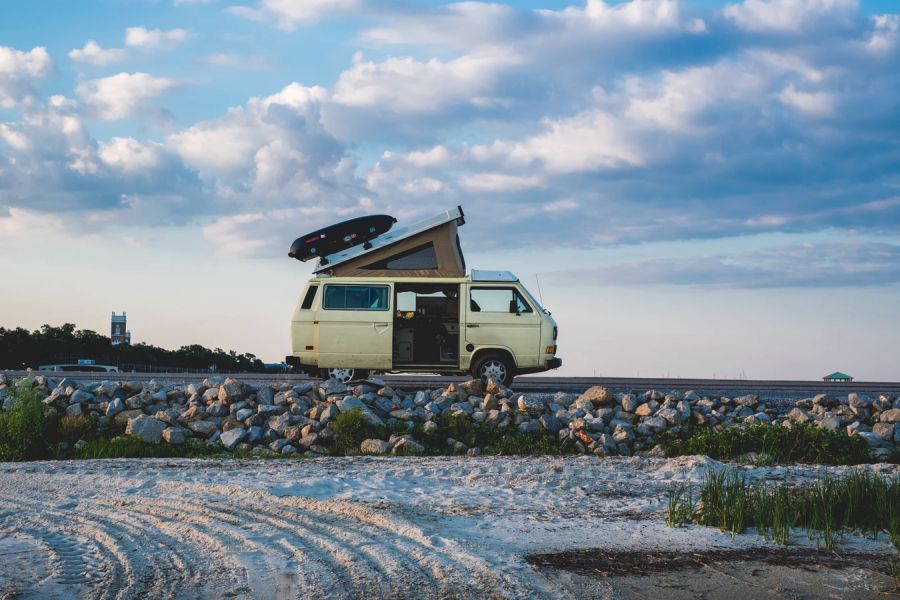Owning an RV is a big responsibility. Because you take it to various places when you want to have a vacation, a weekend get-away, picnics, and other activities where you want to enjoy the comforts of home, the RV should always be in excellent condition.
Aside from ensuring that the fixtures in the interior of the RV work properly, the one thing you should not forget is RV roof maintenance. Ensuring that the roof of the RV is free from holes and cracks will protect the rest of your RV.
The roof of an RV can be made from different materials, such as rubber, aluminum, vinyl, or fiberglass. Some of the materials last for a very long time, but every type can be damaged due to natural causes, neglect, or length of use. Vibration from travel can also cause damage.
Using an RV roof repair material
One of the most common items RV owners should have is RV Roof Sealant. Roof sealant is a material used for sealing cracks, holes, imperfections, seams, and joins. You can apply the sealant on many parts of the RV’s roof to make it waterproof. RV roof sealant can be made with thermoplastic polyolefin (TPO) or synthetic rubber.
Types of RV roof sealant
It is essential to know the materials used for your RV roof, as there are several types of RV roof sealants available in the market today. A self-leveling sealant is suited for screw heads, vent pipes, air vents, and edges of roofs. This type of sealant adheres to fiberglass, vinyl, aluminum, galvanized metal, wood, concrete, and mortar. Other sealant types include adhesive, tape, or liquid.
Uses of RV roof sealant
A roof sealant prevents cracks, punctures, holes, tears, and other damage to the roof of your vehicle. The sealant acts as a multipurpose material to ensure that the roof does not leak.
Here are the top uses of RV roof sealant:
1. Prevents water damage
It is easy to overlook cracks and tears in the roof of your vehicle, mainly if you are remiss in your maintenance efforts. You may not even see the damage if it is too small to notice. Water has a way of finding holes and cracks. If they are not sealed in time, the water can damage the interior of your motorhome, which can be quite costly to repair. You can extend the useful life of your RV by properly sealing the tears and cracks in the roof.
2. Prevents air leaks and drafts
Sealing tears, holes, and cracks on the roof ensures the proper insulation of your RV. You use an air conditioner when you are inside the motorhome. If there is damage to the roof, cooled air will leak. The roof sealant can fill in the cracks and gaps around air conditioners, air vents, and seams that can allow air to leak or water to seep through.
3. Seals areas around wiring, etc.
You can apply RV roof sealant on wiring, exhaust vents, bolts and screws, roof vents, joints, and seams. Most of them extend from the roof. The sealant can cover the areas around these features so that there are no gaps around them where water can enter.
4. Resists UV rays
Applying sealant on the roof gives your RV protection from UV rays. It prevents damage, discoloration, cracking, and drying out of roof materials that are not properly protected. The sealant helps the roof last longer and keeps the RV’s interior cooler.
5. Offers resistance to vibrations and tears
Traveling on different road surfaces and extreme weather conditions contribute to long-term damage to the roof of your motorhome. The constant vibration can lead to tears and cracks. RV roof sealants are rubbery, so they can prevent unnecessary vibrations around joints and seams that can lead to cracks and gaps to form.
Be sure to use a sealant that is compatible with the type of RV roof you have. However, it is better to give your RV proper maintenance to keep the water out.

